Over one-third of global energy consumption is used to maintain indoor environments. The path to net zero requires energy reduction in new and existing buildings. Improving the effectiveness of control systems is needed as buildings decarbonize and comply with local benchmarking requirements. EBTRON offers solutions that decrease energy usage and ensure proper ventilation to improve indoor air quality.
Reduce energy consumption
Improve IAQ and thermal comfort
Create sustainable buildings
DCV systems can adjust ventilation rates based on occupancy levels by measuring and controlling airflow. By integrating airflow measurement devices with occupancy counters, CO2 sensors, and other means of determining current occupancy levels, the system will modulate the ventilation rates more proportionally to occupancy, prevent under or over-ventilation, and provide a validation of ventilation rates. By doing so, indoor air quality is maintained, and energy efficiency is optimized.
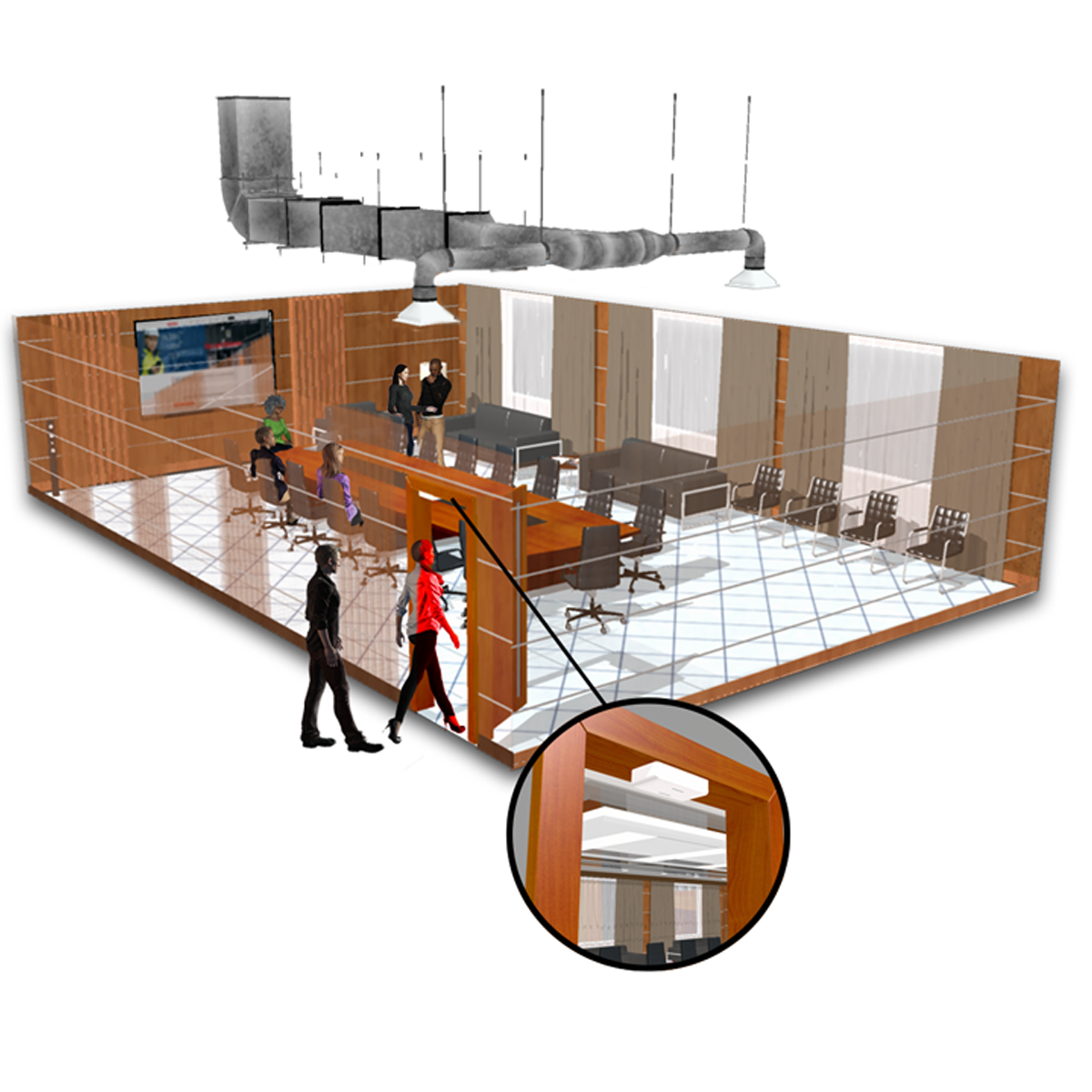
Economizers optimize energy use by using outdoor air to provide “free cooling.” Typical economizer controls use inferior sensors that are typically poorly placed. An EBTRON airflow measuring solution provides industry-leading temperature and airflow measurement accuracy to make better changeover and control decisions. Integrating an optional humidity sensor allows for enhanced decisions using enthalpy or dewpoint. Since thermistors are at multiple points in the airstream, and EBTRON solutions use the velocity-weighted measurement, the control decision is more accurate. It complies with codes and standards, resulting in enhanced efficiency. When equipped with a relative humidity sensor, the enthalpy calculations are also velocity weighted, improving on existing enthalpy measurements.
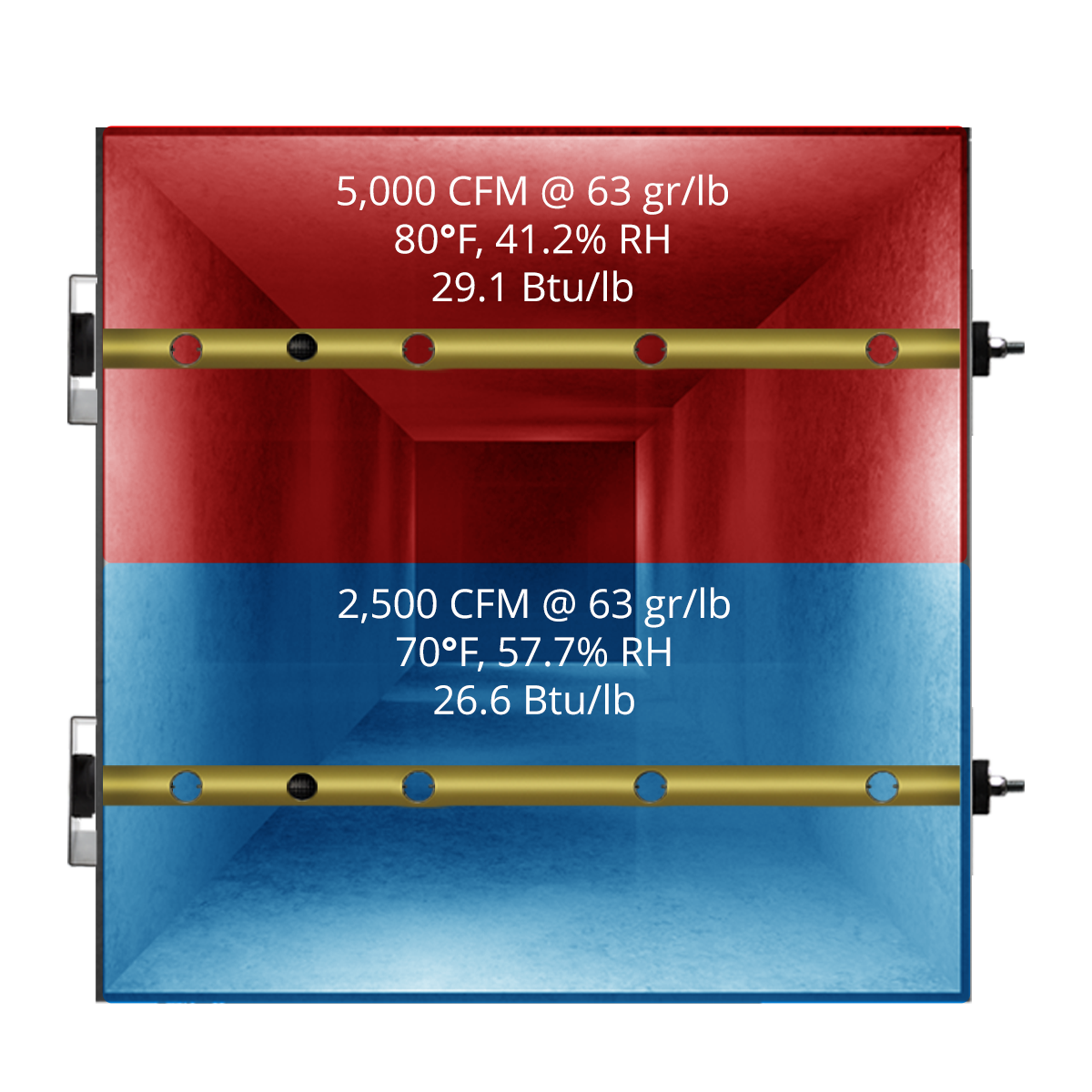
Buildings must be adequately pressurized to function efficiently. Ensuring the correct flow direction prevents HVAC systems from working against each other. It is necessary that clean air moves in the direction of dirty air for proper filtration and to provide IAQ. Proper building pressurization prevents unfiltered and unconditioned air from infiltrating the building. Infiltration wastes energy and can lead to fungi growth and increased allergy symptoms. “Pressurization flow” is the flow from high pressure toward lower pressure in the system. Pressurization flow requires measuring and controlling flows in and out of the building and tracking dynamic changes. Most HVAC systems have dynamic flow rates due to energy-saving strategies such as DCV, economizer control, or pressure reset. Wind and stack pressures also affect pressurization. Integration of airflow measurement control is necessary for accurate adjustments to dynamic changes that could result in energy waste and IAQ problems.

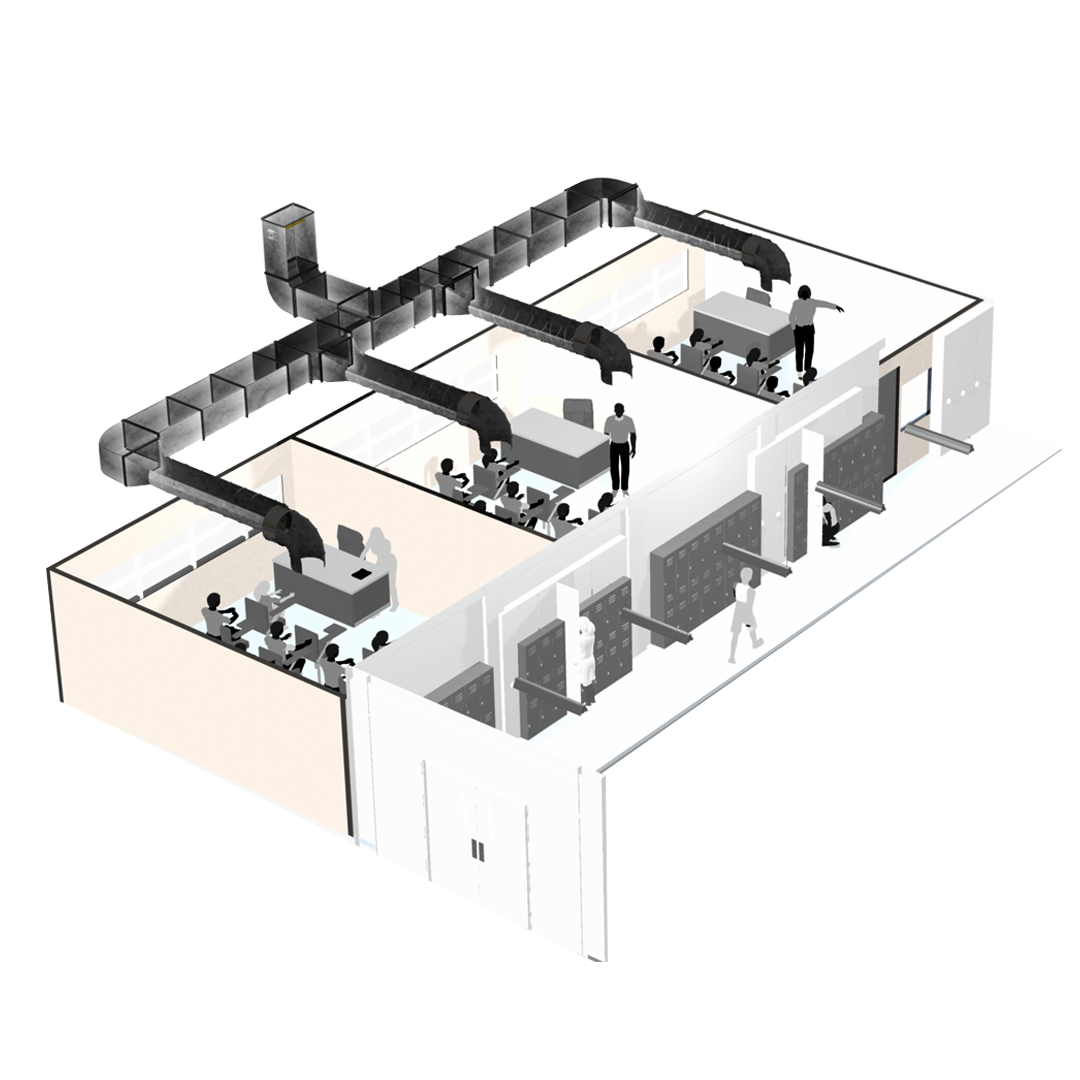
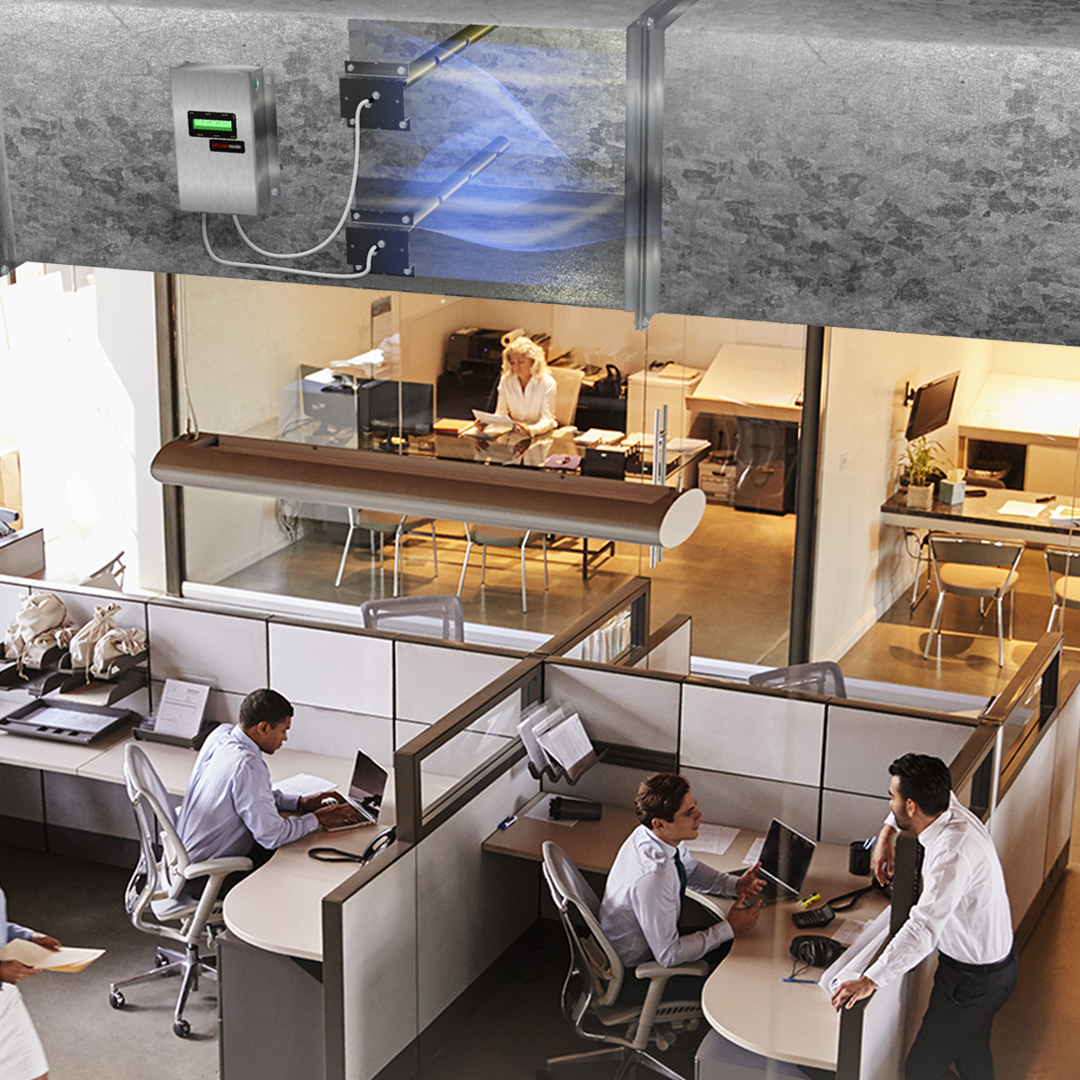
Airflow measurement devices continuously monitor airflow, providing performance insight and HVAC efficiency. By analyzing airflow data, you can identify energy savings opportunities, identify maintenance needs, provide fault detection and diagnostics (FDD), and make informed ongoing commissioning decisions (OCx).
Effectively utilizing airflow measurement and control techniques, you can optimize energy consumption, improve HVAC system performance, and enhance overall energy efficiency within your building.
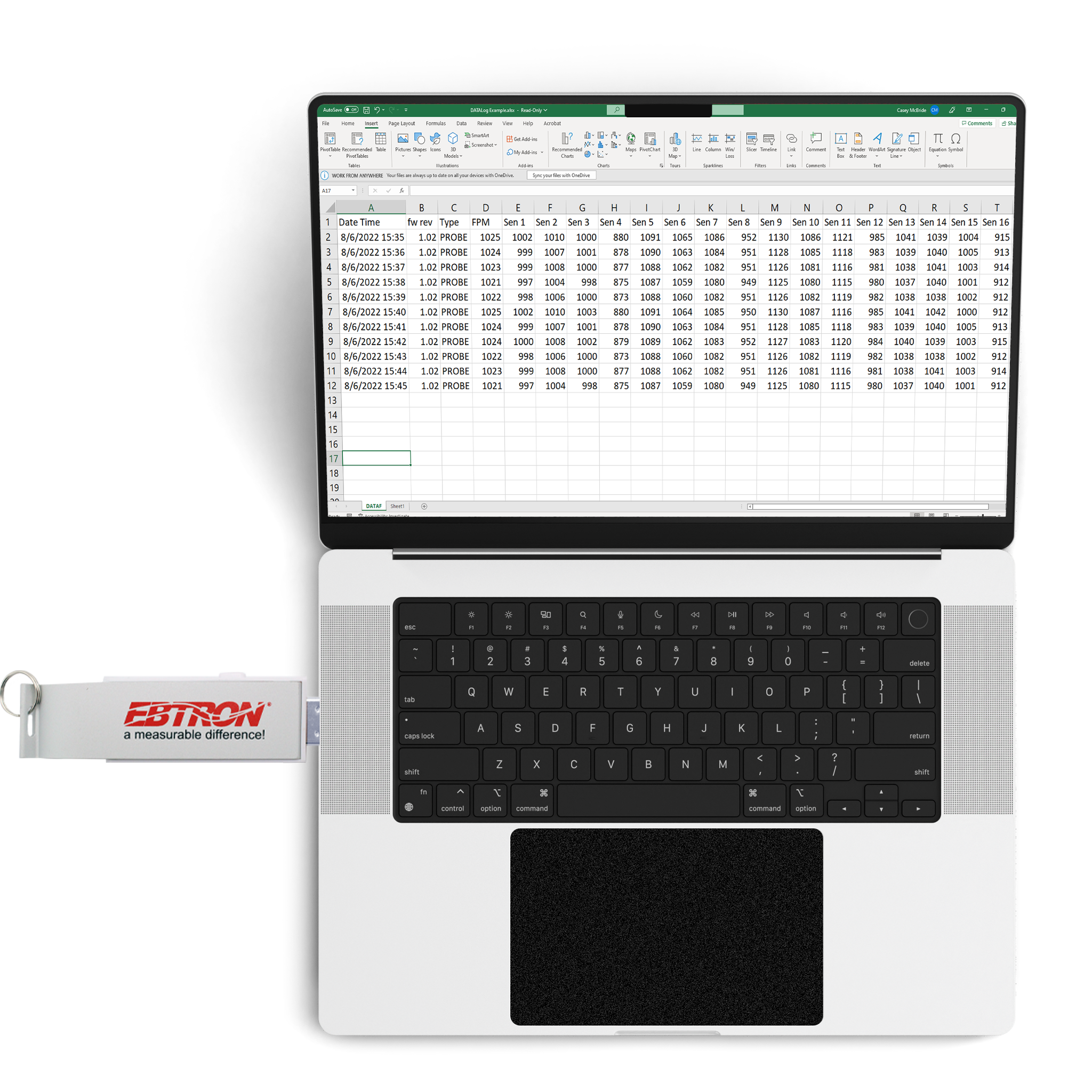

© 2023, EBTRON, Inc.
